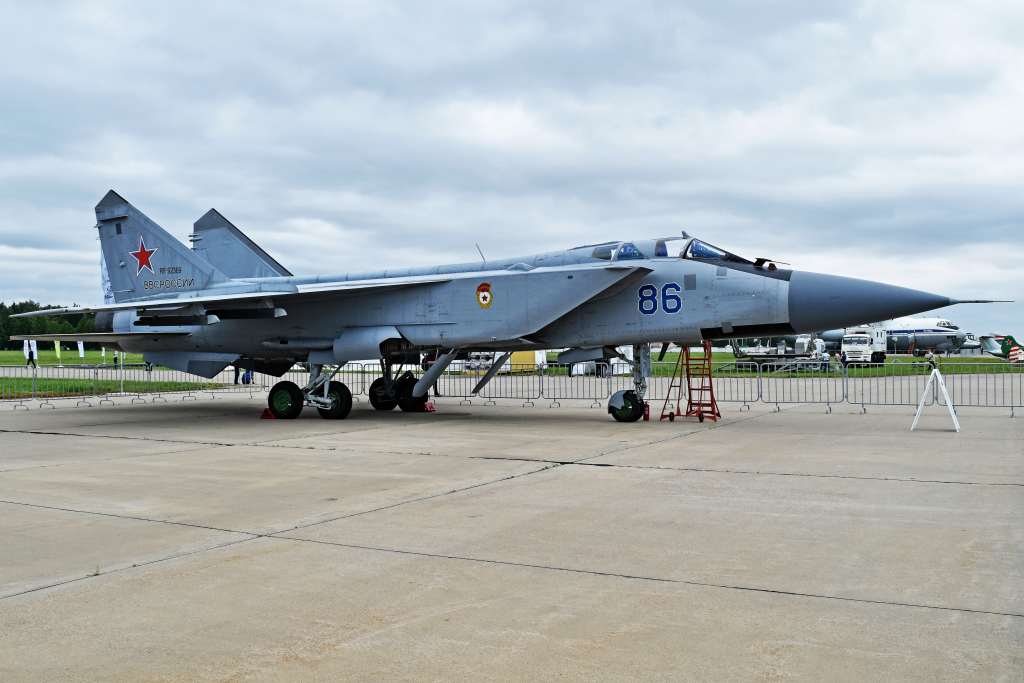
The sudden crash of a Russian MiG-31 interceptor fighter near the area of Lipetsk, hours before a massive overnight Ukrainian barrage of drones and missiles, brought to the fore growing technological and logistical strains on both sides of the conflict. The accident, occurring some 300 kilometers from Ukraine’s eastern border, removed one of the world’s fastest operational fighter jets from the skies a twin-seat supersonic fighter that can carry Kinzhal hypersonic missiles and cruises at as high as 3,000 km/h.
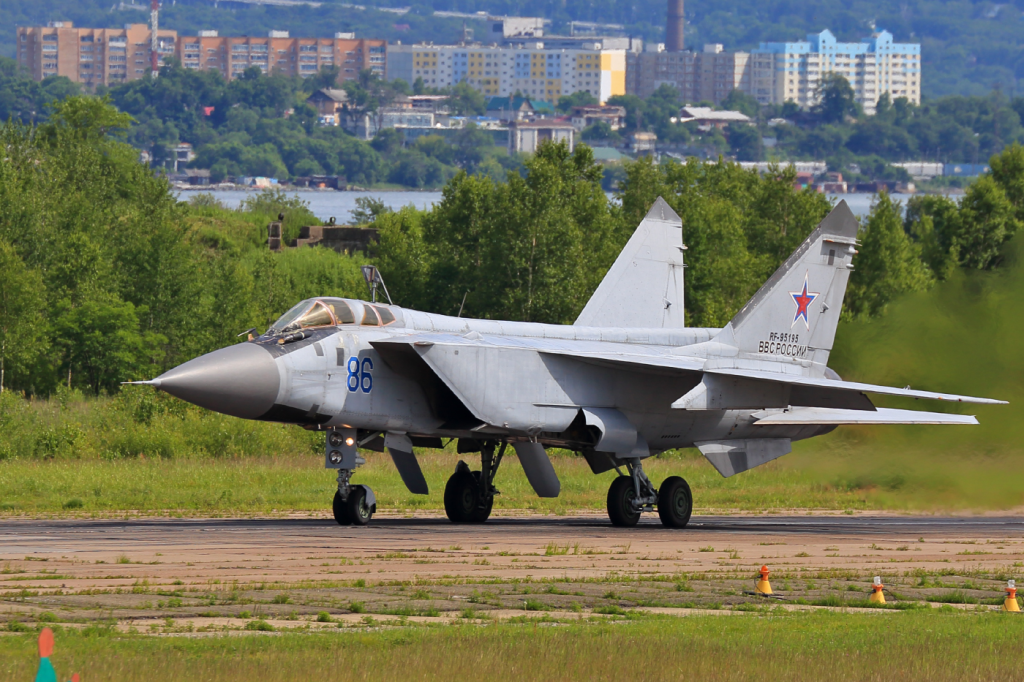
1. Technical Specification and the Mission of the MiG-31
The MiG-31, fielded since 1981, is a long-range interceptor capable of attacking high-speed targets at up to 21,000 meters in altitude. As a member of the Russian air defense arsenal, the MiG-31 plays a key role in long-range attacks as well as long-range interceptions. The past few years have witnessed several MiG-31 losses, frequently attributed to ageing parts as well as technical breakdowns.
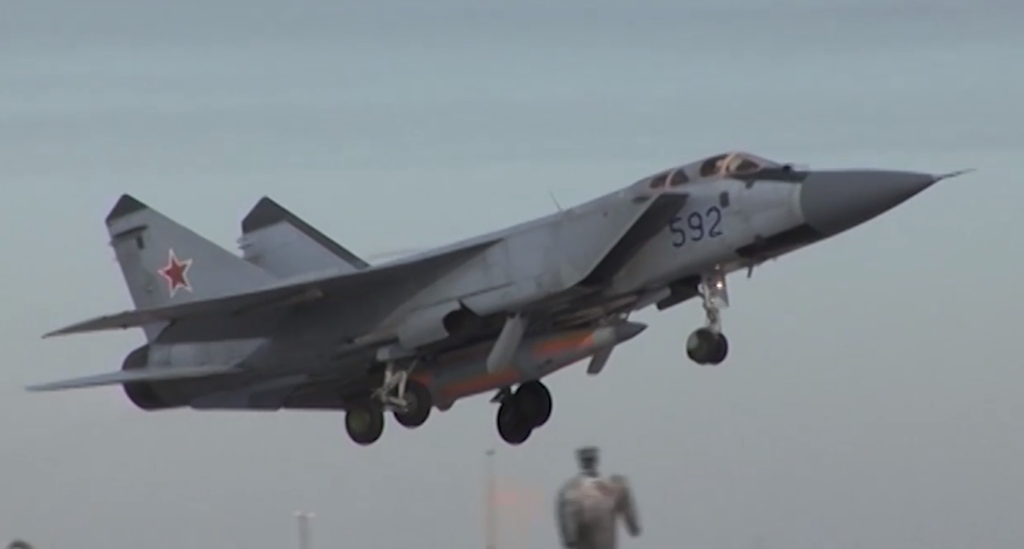
The crash of the Lipetsk aircraft, allegedly due to a potential landing gear failure, is consistent with attrition in the Russian airfleet. Telegram monitoring channels reported the use of Kinzhal missiles in the ensuing Ukrainian attack, reflecting the role played by the aircraft within the Russian doctrine of strategic strike.
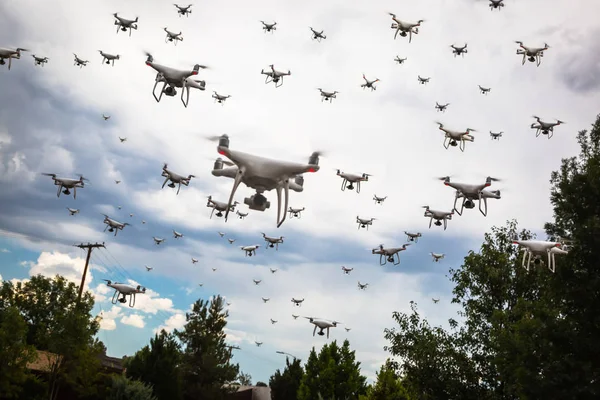
2. Scale and Engineering Effect of the Drone and Missile Barrage
Hours after the incident, Russian forces launched over 450 drones and over 30 missiles in a synchronized assault on nine Ukrainian regions. The Ukrainian air force intercepted or jammed 405 drones and 15 missiles, a success that necessitated concurrent use of radar, electronic warfare, as well as kinetic systems of interception. The assaults hit at the power grid, leaving over one million consumers without lights and affecting the watersupply up to a maximum of two million people in Kyiv. Repair teams struggled to connect power to 270,000 clients, but the destruction of several thermal plants highlighted the susceptibility of centralized assets of power generation to saturation attacks.

3. Ukrainian Energy Grid’s Vulnerabilities and Resilience
Ukraine’s grid, engineered for peacetime load distribution, has been repeatedly reconfigured to operate under wartime conditions. The system’s resilience depends on rapid isolation of damaged nodes, rerouting through surviving transmission lines, and deploying mobile generation units. Poland’s pledge of generators, extra electricity, and LNG terminal access is a critical cross-border engineering intervention, enabling temporary capacity boosts and redundancy. Yet, the repeated targeting of thermal plants and substations shows Russia’s focus on exploiting grid interdependencies to create cascading failures.

4. Anti-Drone Defense Issues
The deluge of incoming drones is due to the saturation strategy employed by Russia, forcing Ukraine to deploy precious interceptors against inexpensive aerial threats. Europe’s broader war on such swarms, as the doctrine of the layered shield stipulates, centers on scalable jammers, directed-energy systems, as well as joint missile-defense systems. The ability to jam swarms of hundreds of drones in a single night demonstrates battlefield ingenuity on the Ukrainian side, yet continued defense on this scale necessitates relentless replenishment of munition stocks as well as rapid retooling of detection algorithms.

5. Ukrainian Long-Range Attacks on Russian Oil Facilities
Meanwhile, Ukraine has stepped up its assault on Russian oil refining facilities, with 21 of 38 key refineries targeted since January. Precision strikes deep within Russia like the one at the Gazprom Neftekhim Salavat refinery some 1,100 km from the frontier have induced partial or full closures at at least 10 facilities since August. Precision strikes with domestically manufactured missiles and drones strive to diminish Russian military logistics, as well as decrease the gasoline delivery by as much as 20%. Confirmed video demonstrates long queues in Siberian petrol stations and rationing within annexed Crimea, shedding light on the civilian cost of precision strikes on industrial hubs.
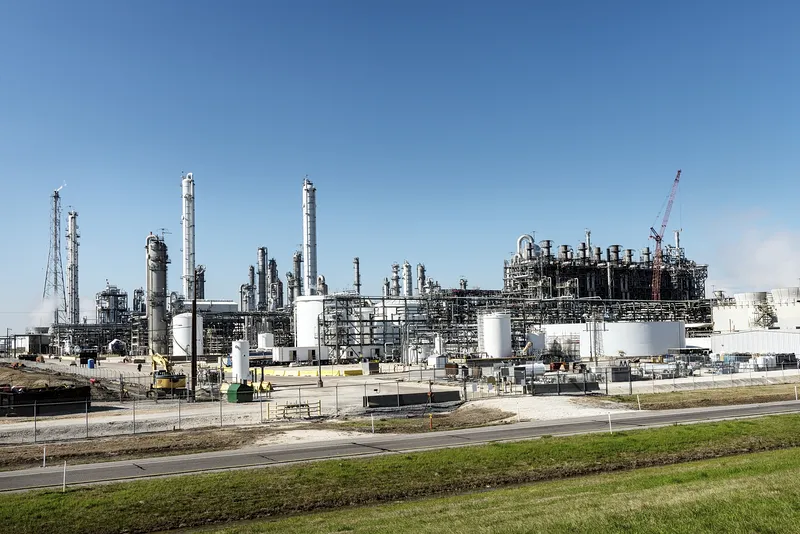
6. Engineering Significance of Fuel Scarcities
Russia’s refining capacity has declined from 6.5 million to under five million barrels per day, requiring an export restriction on petrol and some diesel limitation. The disruption requires higher export of crude as raw oil looks abroad to find buyers. Independent stations are confronted with 40% wholesale price increases and limited credit availability, with military logistics that rely on refined petrol having to adapt to limited throughput. Analysts liken the effect to repeated non-lethal blows that cumulatively reduce the ability to recover a term that is apt to the attritional nature of the war on infrastructure.
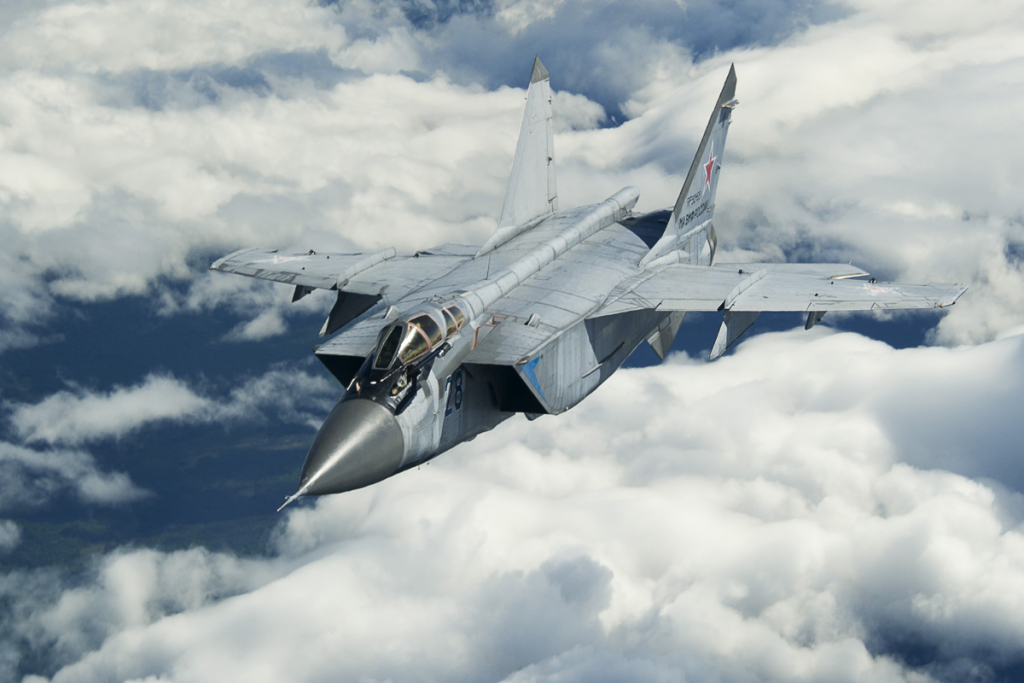
7. Strategic and Technical Implications
The convergence of Russian energy grid strikes and Ukrainian refinery attacks reflects a mutual targeting of critical infrastructure as a lever in the war. For Ukraine, success depends on sustaining deep-strike capability and integrating foreign-supplied systems into its arsenal. For Russia, maintaining interceptor readiness exemplified by the MiG-31 fleet while absorbing industrial losses is a growing challenge. Both sides are engaged in a technologically complex contest where engineering resilience, logistical adaptation, and precision targeting are as decisive as battlefield maneuvers.
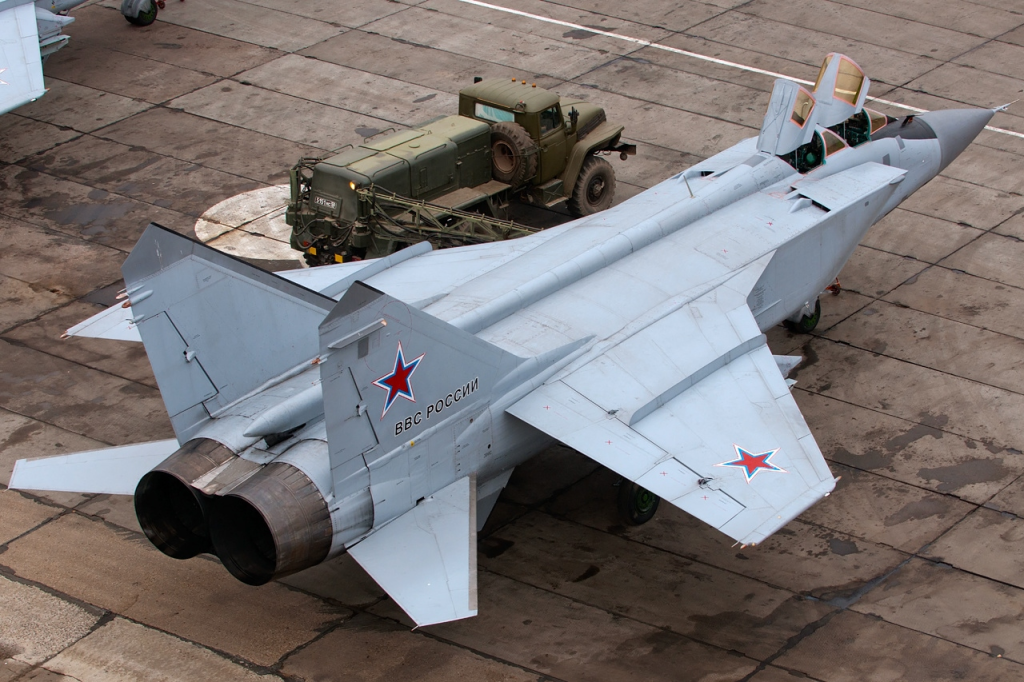
The MiG-31 crash in Lipetsk, followed shortly by one of the largest grid attacks of the war, demonstrates the vulnerability of high-value assets and the growing importance of the use of infrastructure warfare. Every one of these attacks whether to a supersonic interceptor or to a thermal power station resonates throughout military effectiveness, civilian society, and the strategic calculus generally.


